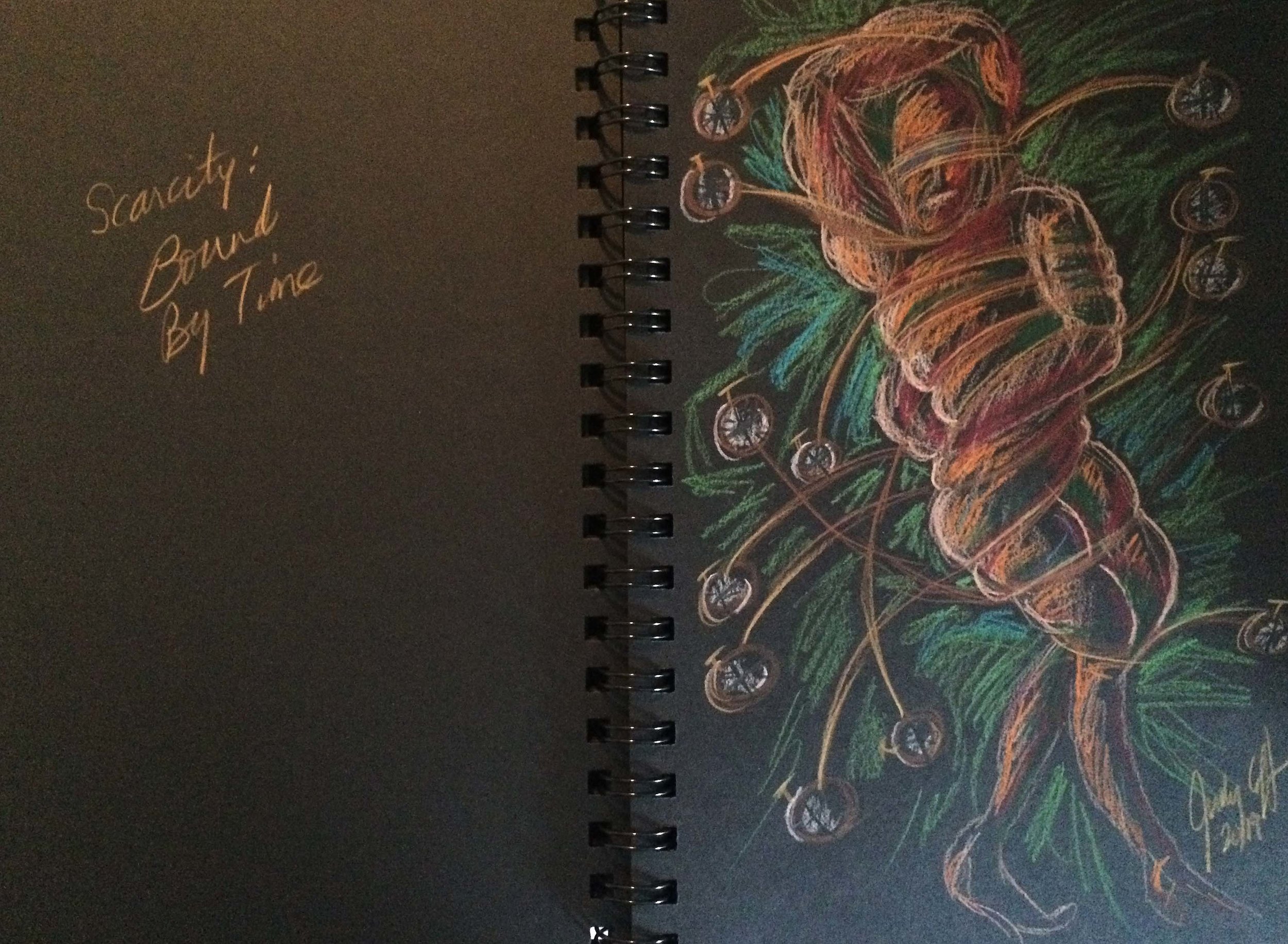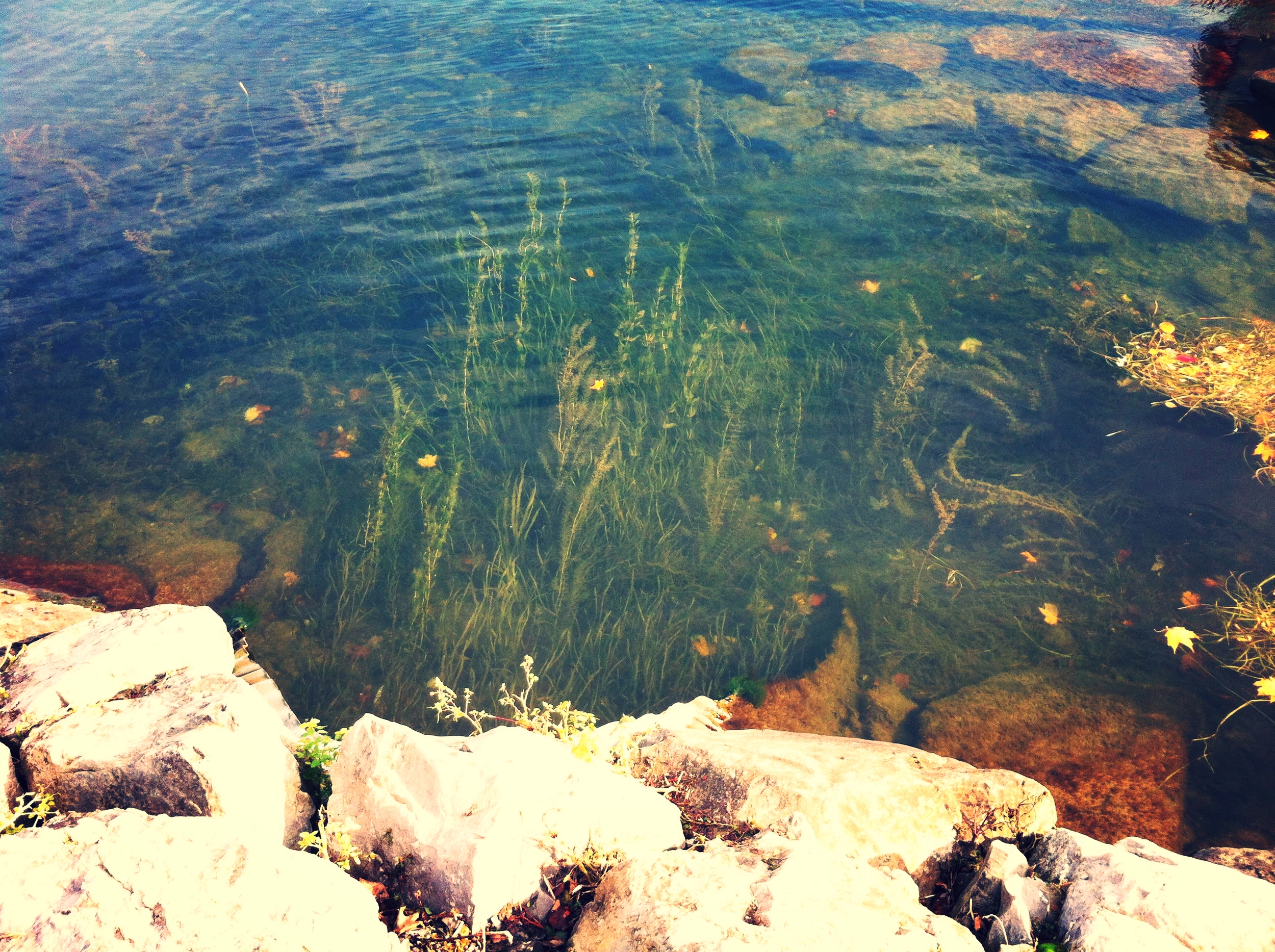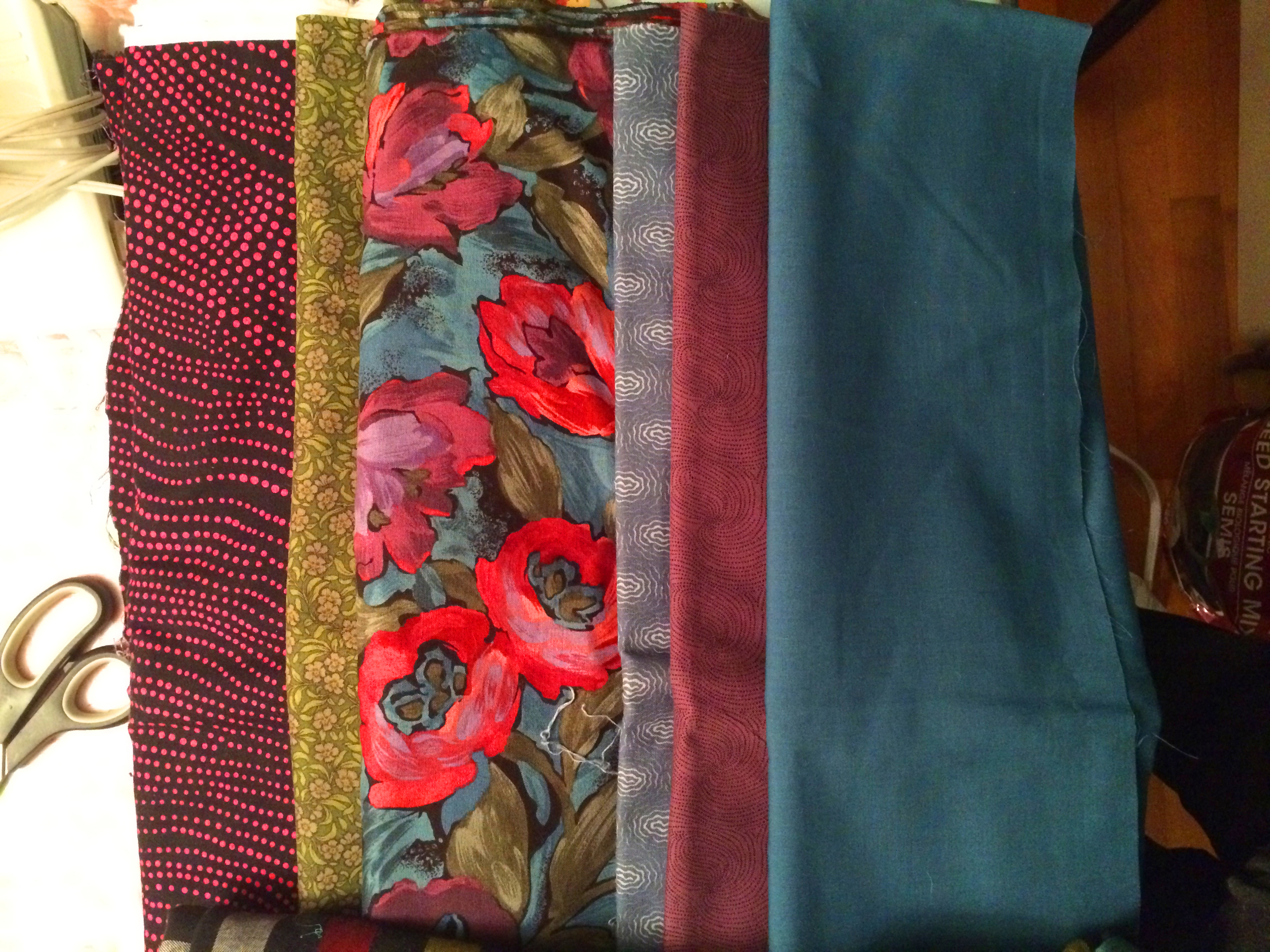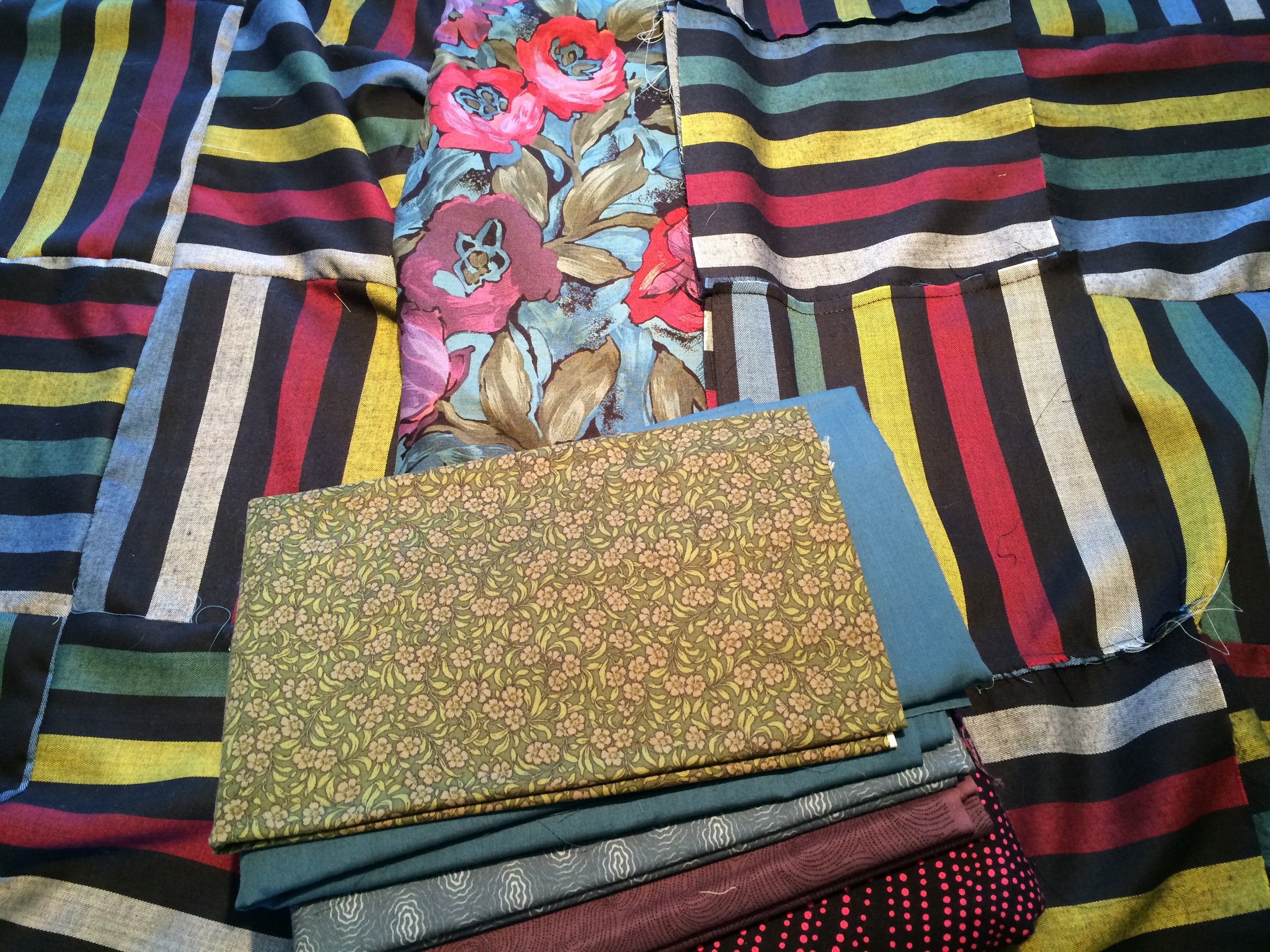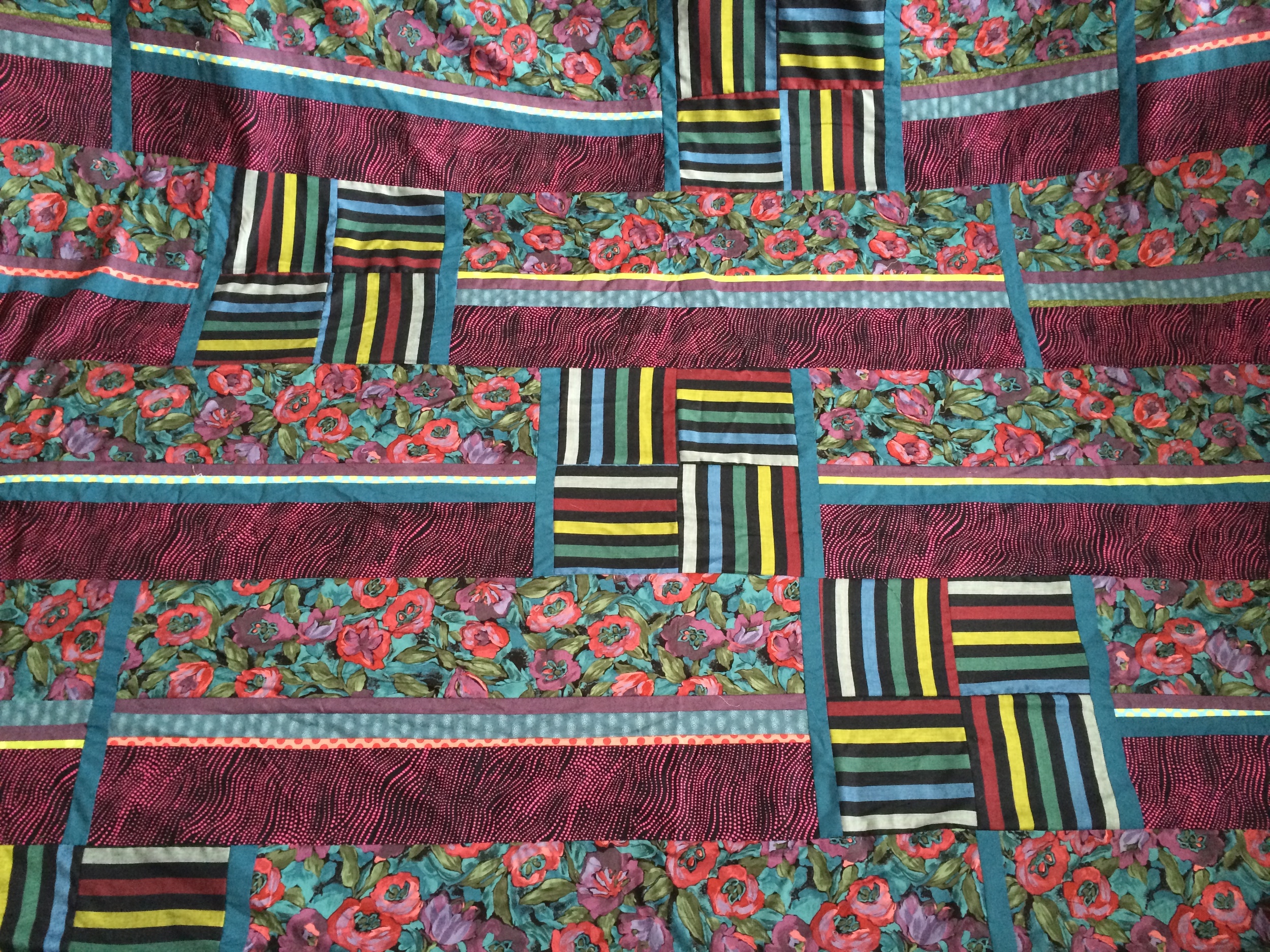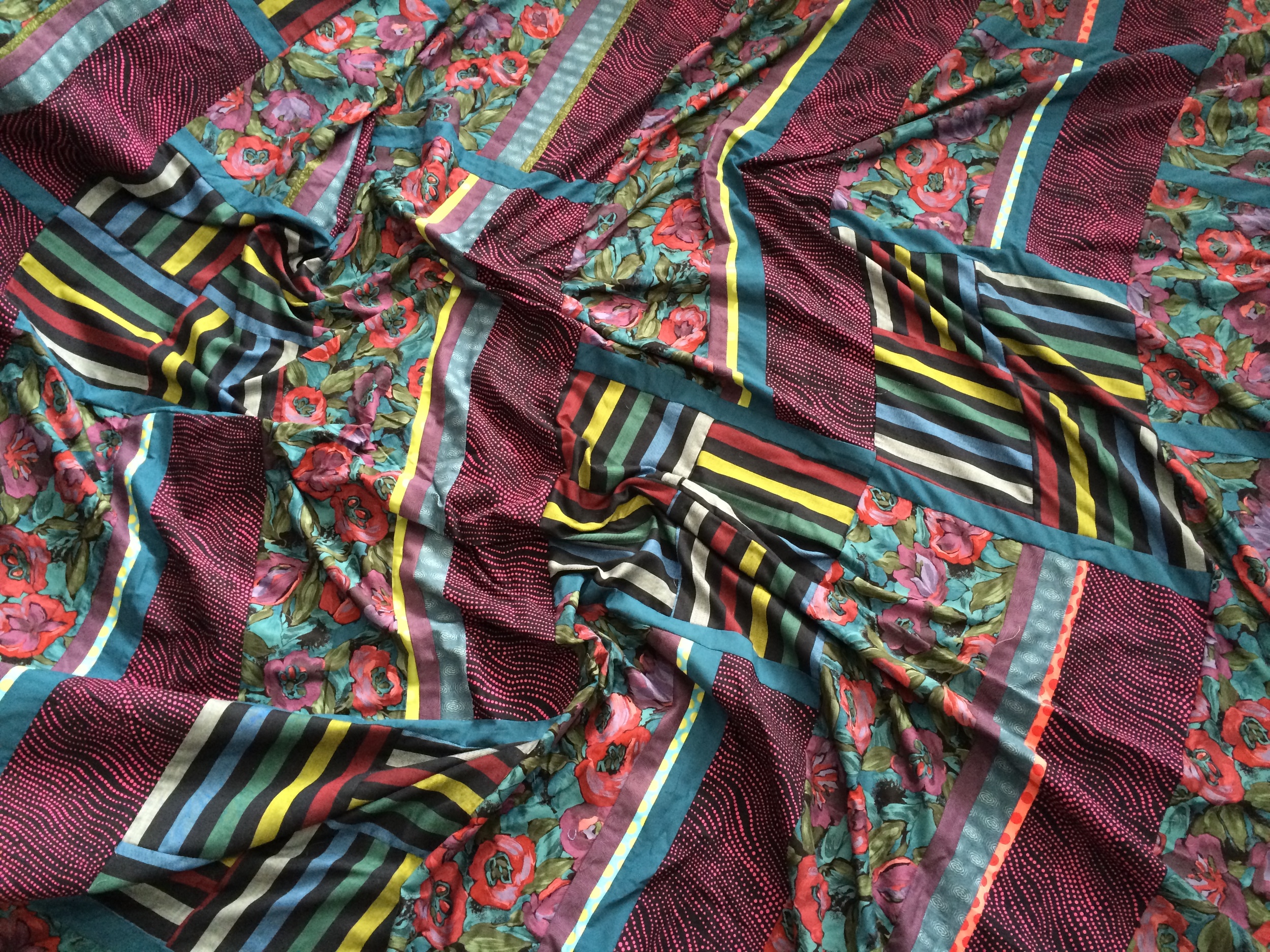Cultural Shift: Drive-In Versus Drive-Through
Photo by David Clode (Unsplash)
An iconic image of a tray hooked over the car window at the local drive-in movie sparked a thought for me this afternoon about how our culture has shifted over the years: from a time when parking in one spot long enough to enjoy a double-feature with family, friends or that special someone was a popular way to really immerse oneself in an experience…to a time when even funerals can be offered as a drive-through experience.
Although we didn’t do it often, I used to love going to the drive-in with my parents. We sometimes came prepared for the long evening by getting into our pyjamas in advance so we could settle in for the long haul. It was an exciting opportunity to stay up late and see TWO movies under the magical stars… if we could keep our eyes open long enough. Even sitting in our own car, we felt connected to the larger experience by peering curiously at the other cars or ambling around during intermission, absorbing the snippets of conversation and camaraderie wafting gently through those warm summer evenings.
Have you been to a movie theatre or concert lately? Have you noticed how many of the people who have paid an exorbitant price in order to be present are seemingly elsewhere, more entranced by their smartphone screen than the people they came with or what is happening right in front of them on the big screen?
I understand the temptation of small-screen versus big-screen thinking; it saves time, it’s convenient, it fits in my pocket, it’s all about me. This temptation surfaces in our tendency to use machines rather than interact with people, whether we are shopping or banking or learning, to be immersed in our own image on social media and less interested in anyone else’s story or the bigger stories happening all around us in real time. It shows in our impatience with each other in line, online and on the road. No time for conversation or courtesy.
There’s a risk in consistently taking a drive-through approach to life; it tends to limit our actions and interactions, falling mindlessly into familiar patterns without deeply considering what might be different about this particular moment in time; or making last-minute compromises from a limited menu, choosing the best of what is in front of us rather than asking if it’s what we are really looking for. Mostly, it prevents us from deeply engaging in what is happening around us as we race from the past to the future. We are no longer using our heads or our hearts to be fully present in the moment. Even standing in line at the fast food counter offers us more opportunities and possibilities: to observe other people, maybe start up a conversation or share a joke, to meet an old friend unexpectedly, to offer a hand to a single mom struggling with young kids and a heavily laden tray or the elderly man trying to balance his food on his walker.
When we isolate ourselves by minimizing human contact, convinced that time is our most important resource and convenience is the greatest gift we can give ourselves, we lose out on the epic possibilities of immersing in and expanding our own life stories.
Don’t believe me? Try something slightly more redolent of magic and delight than self-serving convenience this summer: instead of rationing out the minutes in your busy schedule to squeeze in a bunch of drive-by appearances, park yourself in one place for a few hours and share an experience or a story with someone you really care about…and don’t worry if a little popcorn gets spilled in the process. :)

